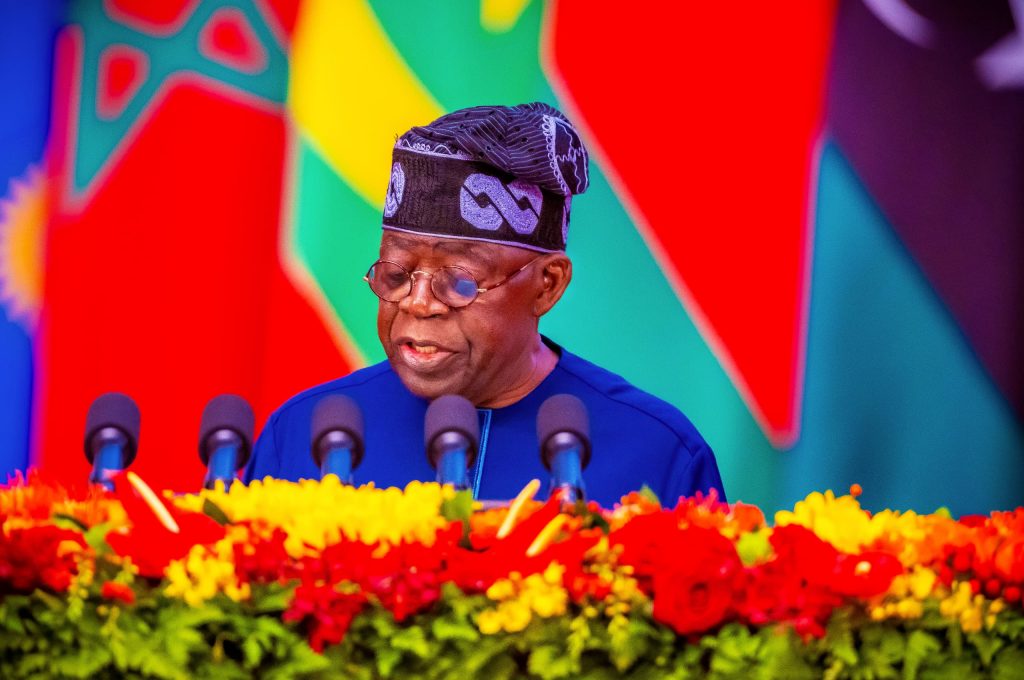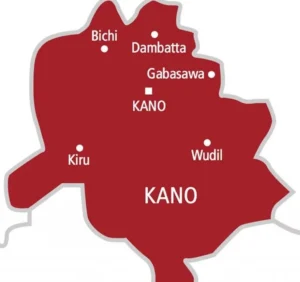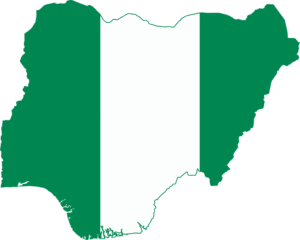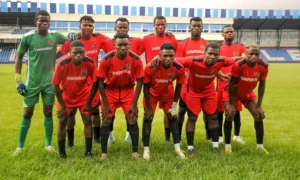The Nigerian government has spent over ₦19.43 billion on maintaining and operating its Presidential Air Fleet (PAF) between July 2023 and September 2024. A significant portion of this spending went toward foreign exchange needs for operations outside Nigeria, including fuel and maintenance paid in U.S. dollars. In 2024 alone, the fleet’s expenses reached ₦13.55 billion, covering 66% of its budget for the year.
The Presidential Air Fleet includes around 11 aircraft of different types, making it one of Africa’s largest. Some planes are aging and more costly to maintain, such as the Boeing 737 acquired under former President Olusegun Obasanjo. Due to ongoing maintenance issues, the government bought a newer Airbus A330 for $100 million in August 2024. Officials claim this aircraft will help save millions in fuel and maintenance costs annually.
The rising expenses of Nigeria’s Presidential Air Fleet reflect both the age of the planes and the ongoing currency exchange challenges, with most costs being dollar-based. Between 2017 and 2024, the annual budget for the fleet grew by 370%, hitting ₦20.52 billion this year. However, many Nigerians are concerned about these high costs amid economic struggles.
Critics, including anti-corruption advocate Debo Adeniran, believe the government should take a more careful approach to spending. He argued that spending on luxury jets contrasts with the financial difficulties faced by many Nigerians. On the other hand, aviation experts cite the declining value of the naira, security concerns, and the maintenance demands of older aircraft as reasons for the increased spending.
The issue highlights the challenge of balancing state needs with budget discipline, especially as economic pressures continue to impact public spending in Nigeria.







